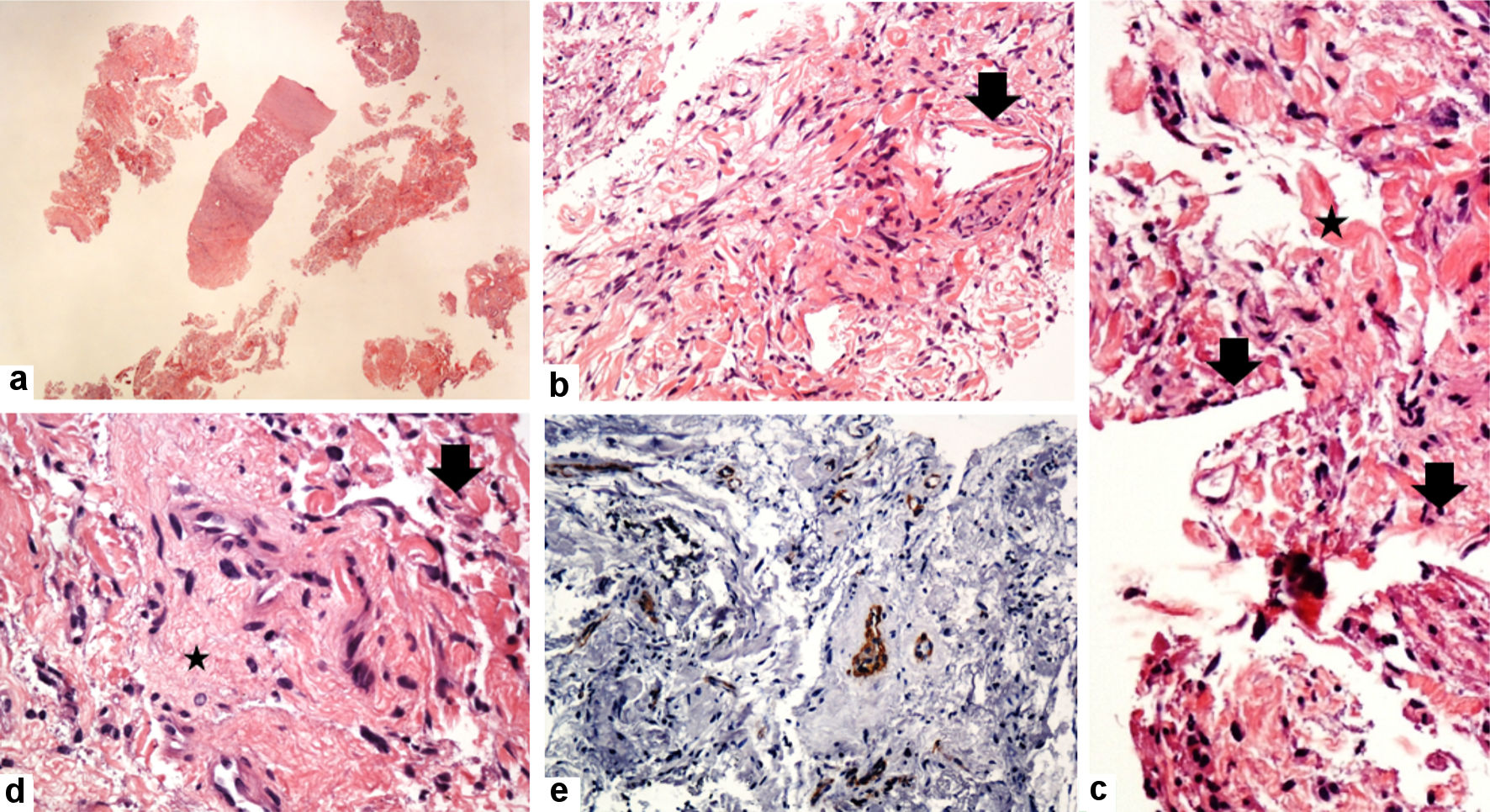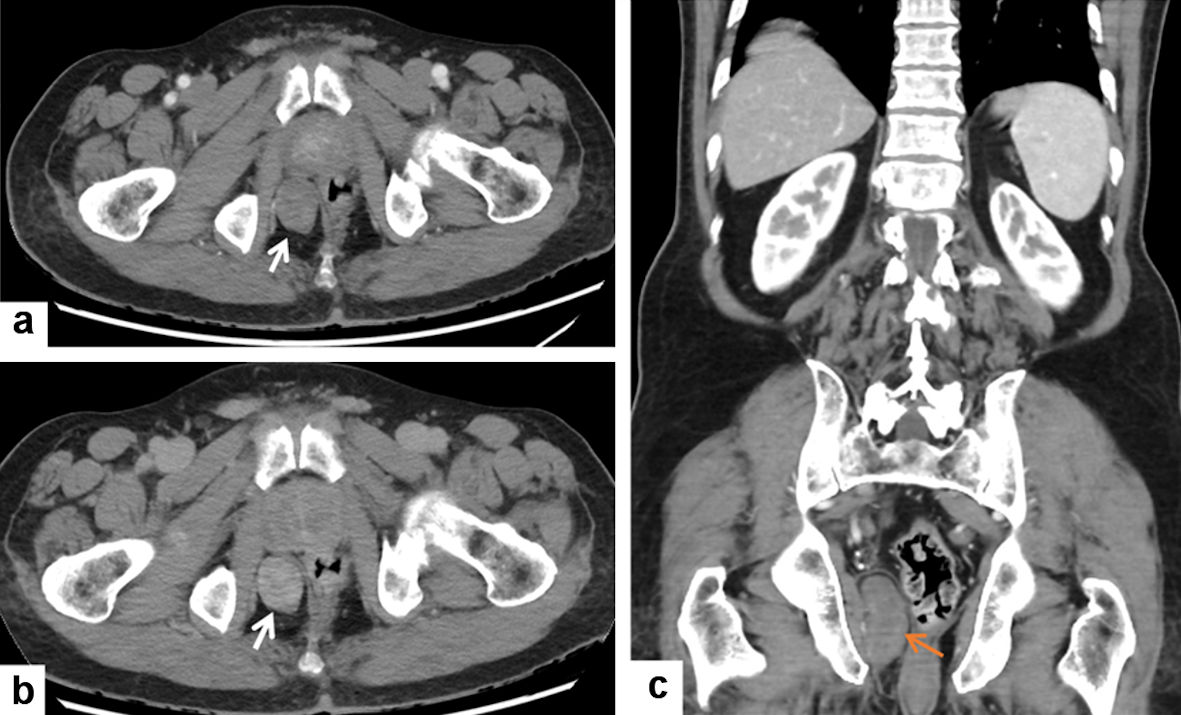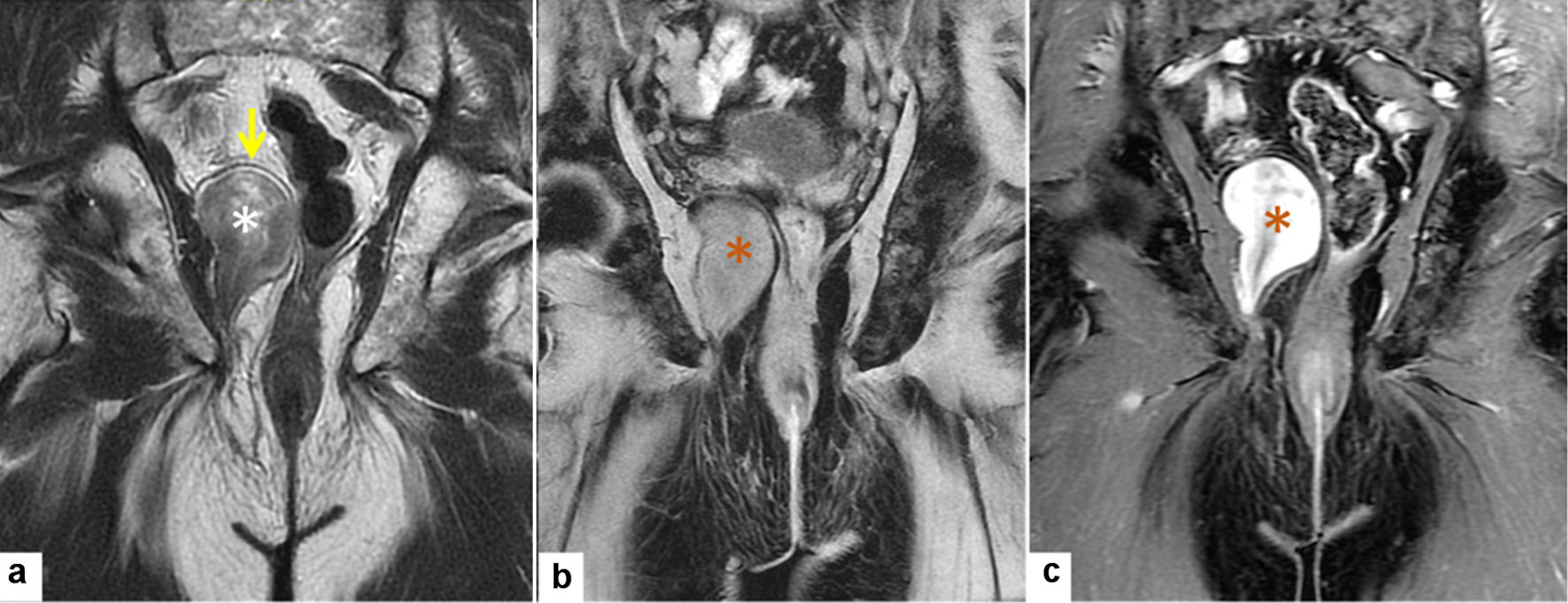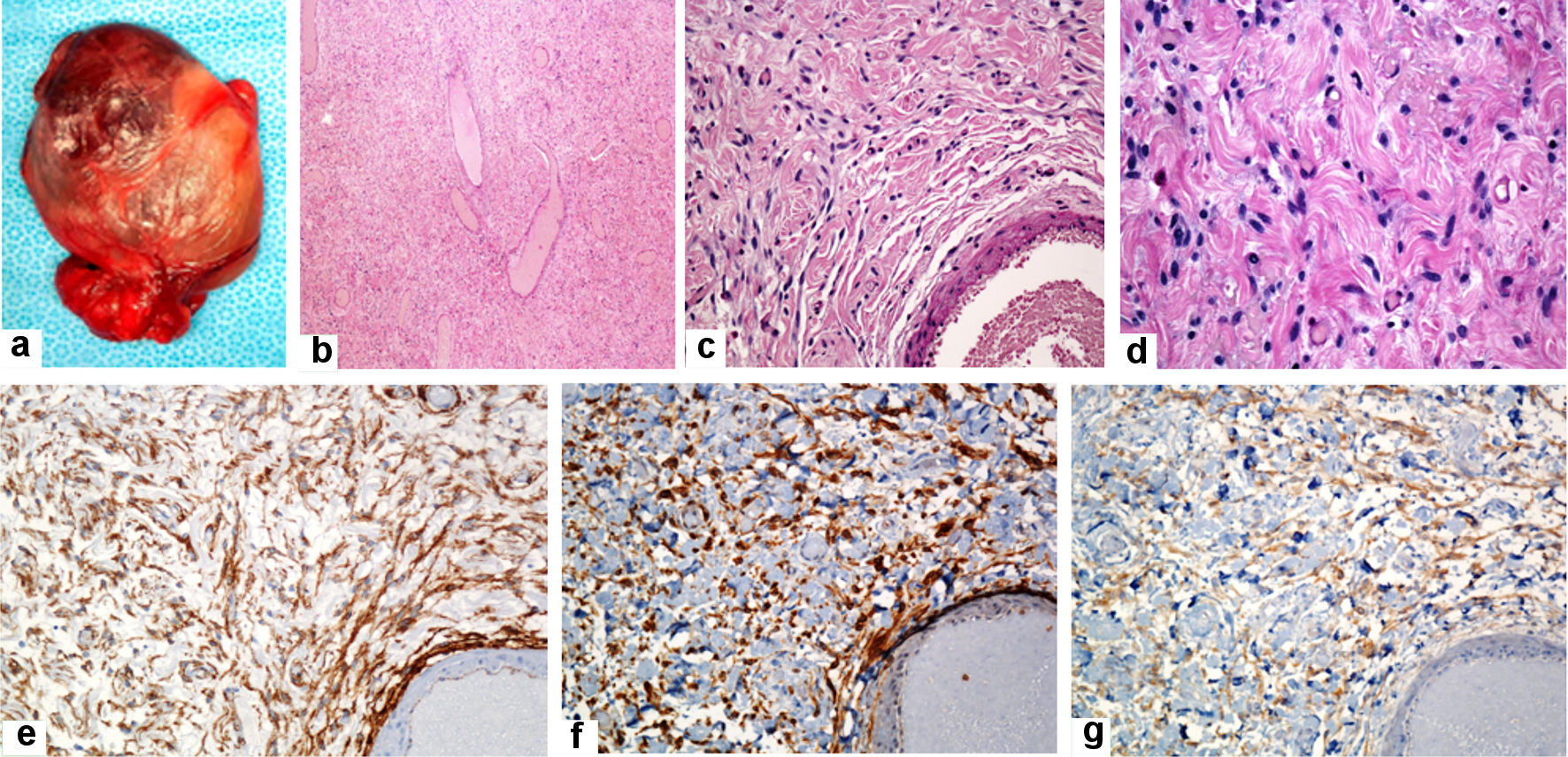| [14] | Middle-aged | Ischiorectal fossa | Pelvic symptomatology | Resection of the mass |
| [15] | 42/M | Ischiorectal fossa | Rectal mass | Resection of the mass |
| [16] | 80/M | The perineal area close to the anal sphincter | Perineal mass | Resection of the mass |
| [19] | 62/M | Anorectal region, recurrence in perineal region | Anorectal region, recurrence in perineal region | Resection of the mass |
| [20] | 46/F | Pelvic mass displacing the rectum | Doege-Potter syndrome | Resection of the mass |
| [21] | 27/F | Mesorectum | Intraoperative pelvic tumor | Resection of the mass |
| [22] | 72/M | Recurrent malignant tumor, ventral to sacral bone | Intermittent loss of consciousness | Resection of the mass |
| [23] | 64/M | Mass posterior to the bladder and associated with prostate | Lower abdominal pain | Resection of the mass |
| [24] | 34/M | Mass close to the prostate | CT findings suggestive of a prostatic mass lesion | Resection of the mass |
| [25] | 56/F | Mass in the mesorectum | Radiological findings of giant pelvic mass | Resection of the mass |
| [26] | 54/M | Wall of the low rectum | Colonoscopic studies suggestive of rectal mass | Resection of the mass |
| [31] | 33/F | Tumor mass involving the sacral spinal canal and sacral foramen | Lower extremity pain, numbness, and muscle weakness | Resection of the mass |
| [26] | 43/M | Left obturator area | Abdominal pain, appendicitis | Resection of the mass |
| [27] | 49/M | Mass related to the urinary bladder | Difficulty in urination | Resection of the mass |
| [28] | 76/M | Pelvic mass displacing the urinary bladder and rectum | Constipation, abdominal pain, and urine retention | Resection of the mass |
| [32] | 21/F | Mass arising from the serosa of the sigmoid colon | Acute abdominal pain, constipation, and hematochezia | Resection of the mass |
| [30] | 19/F | Mass in the ischioanal fossa | Pelvic pain and bleeding per rectum | Embolization and surgical resection |




